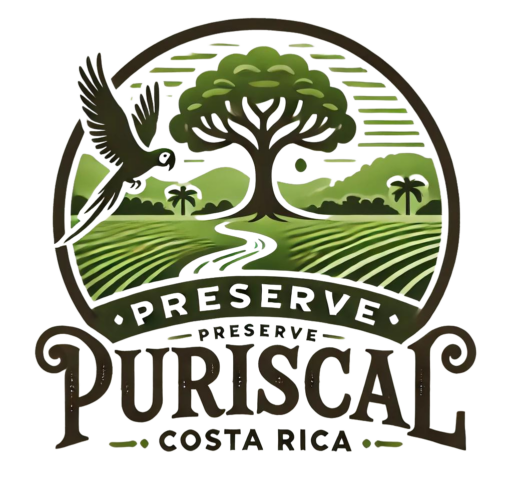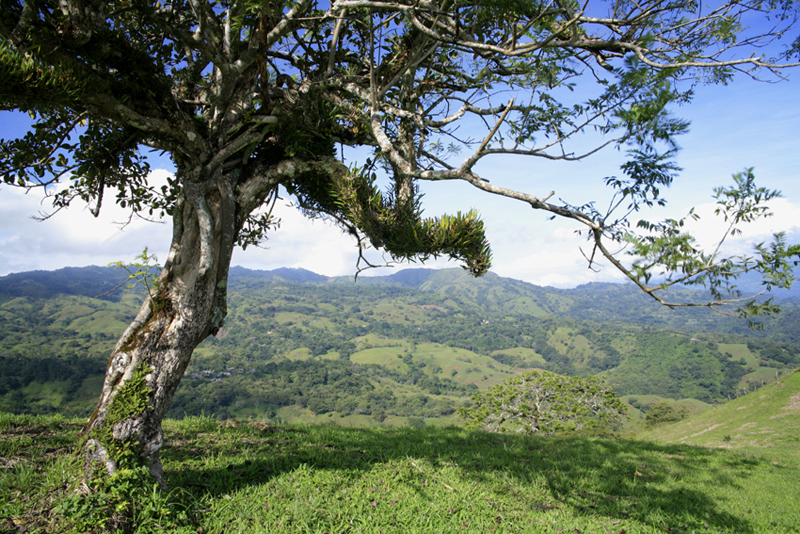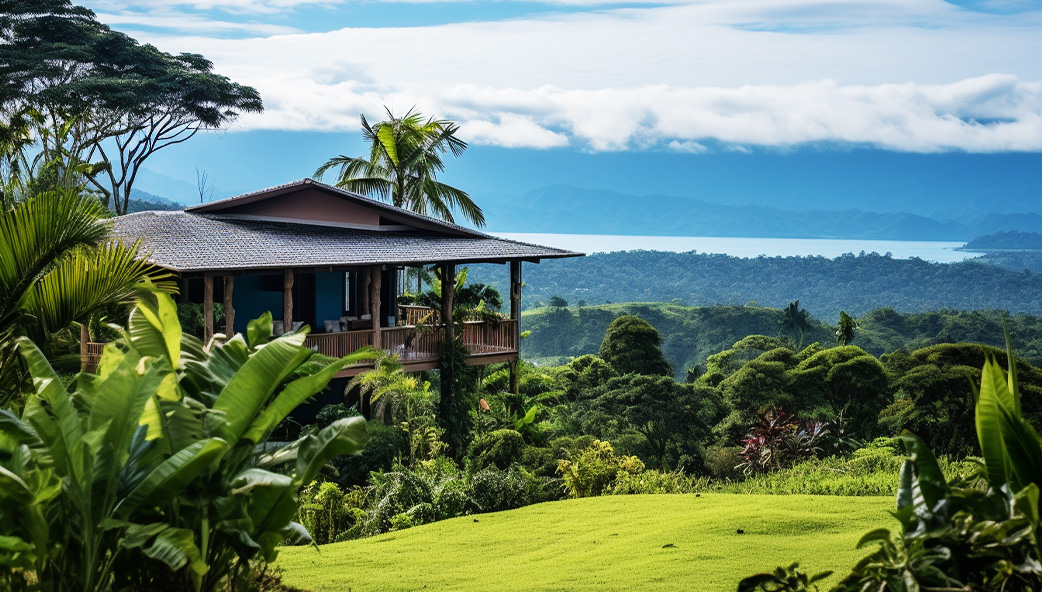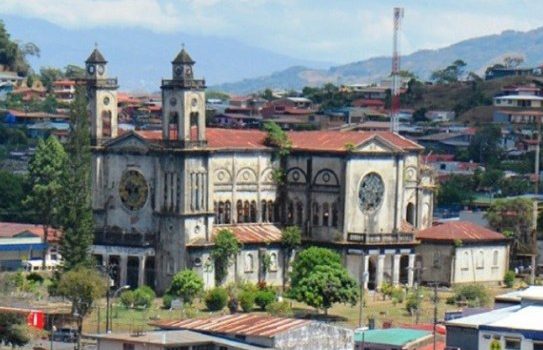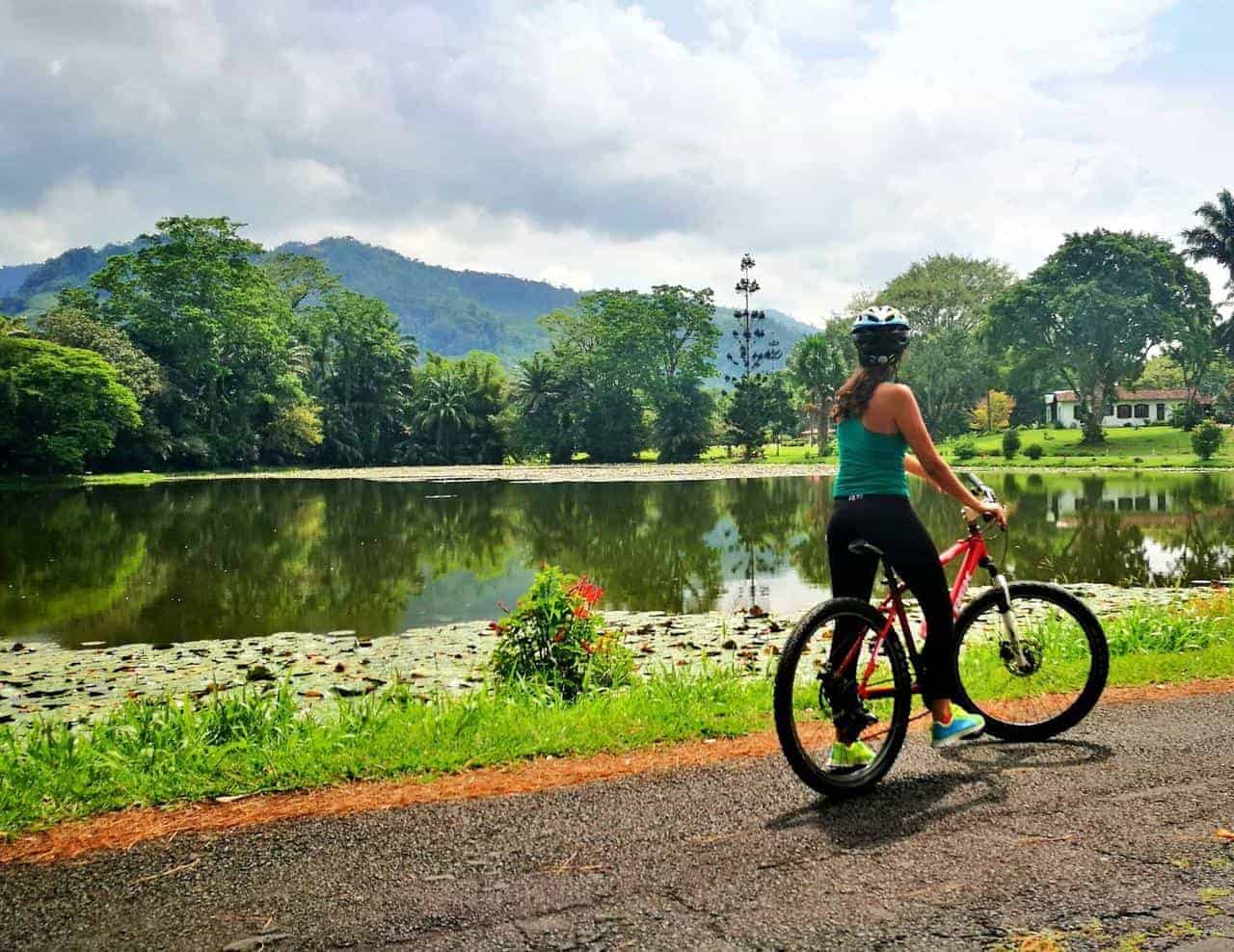
Costa Rica is a small country but it’s home to 6% of the world’s biodiversity. This makes it a top spot for costa rican ecotourism. People come from all over to see its green landscapes and diverse wildlife. Costa Rica uses its conservation land value to lead in sustainable tourism.
This tourism helps protect nature and boosts the local economy and communities. It’s a win-win for both the environment and the people living there.
The focus on sustainable tourism costa rica brings together the government and private sector. They aim to maximize land value with smart costa rica conservation investment and eco-friendly tourism projects. This approach helps develop conservation land that benefits everyone.
Costa Rica shows how to manage land in a way that’s good for the planet and its people. It’s a model for others to follow.
Costa Rica’s Pioneering Approach to Ecotourism
Costa Rica leads the world in sustainable tourism thanks to its strong environmental focus. The country’s costa rica’s biodiversity is home to unique species like the red-eyed tree frog. This has made it a top spot for ecotourism in costa rica. By the 1990s, it was known as the “poster child of ecotourism,” drawing many who love nature.
Costa Rica’s Biodiversity: A Prime Asset for Ecotourism
In the 1970s, Costa Rica quickly grew its national park system. It now has 70 protected areas, covering 21% of its land. This effort has made nature tourism costa rica a big success. The focus on green tourism initiatives and sustainable land use has saved the country’s unique eco-friendly tourism scene.
Costa Rica shows how nature-based tourism can help the economy and protect nature. It puts environmental care and community projects first. This approach has inspired other places to follow suit in ecotourism.
The Socioeconomic Benefits of Ecotourism
Costa Rica’s ecotourism has brought big benefits to the country. It’s now the top way to earn foreign money, growing from $117 million in 1984 to $2.4 billion in 2012. This industry also gives locals good jobs, often paying more than other jobs.
Ecotourism has helped poor rural areas get more money. This has improved living conditions and built better infrastructure. Even though not everyone in Costa Rica feels they’ve gained from ecotourism, its overall effect is big.
A study in Pasar Slumpring, Cempaka Village, found ecotourism good for nature and culture. It made people work together more and taught them about the environment. This helped the community a lot.
The study also said ecotourism made more money for the area and its people. Tourists pay fees and help local businesses grow. This has cut down on joblessness. The ecotourism project in Cempaka Village is a great example of how it helps communities.
Ecotourism is seen as a key way to help poor countries grow in a green way. It lets people visit nature and learn about it. This helps local communities and fights against bad environmental practices. Ecotourism must think about people, money, and the planet to work well.
Ecotourism’s Role in Natural Resource Conservation
Costa Rica’s ecotourism has been key in protecting its natural resources. The country’s national park system has grown fast, thanks to ecotourism. Over 21% of its land is now protected areas. Ecotourism offers economic benefits for keeping nature safe.
Tourists who visit Costa Rica’s natural beauty often want to help protect it. They become supporters of environmental causes. This support helps protect nature not just in Costa Rica but worldwide.
But, ecotourism isn’t perfect. Too many visitors and poor rules can harm the environment. Problems include more trails, erosion, losing plants, and disturbing animals.
| Ecotourism Conservation Benefits | Ecotourism Challenges |
|---|---|
| 98% of all energy in Costa Rica is renewable Over 50% of Costa Rica’s land is covered in forests 25% of the land is protected through national parks and reserves Development of sustainable tourism certification programs | Visitor overcapacity and environmental degradation in some areas Trail proliferation, erosion, vegetation cover loss, and wildlife disturbance Deforestation due to agriculture, cattle ranching, and oil palm plantations Negative impacts on local wildlife, such as nesting turtles |
Finding a balance between ecotourism’s benefits and protecting the environment is tough. Costa Rica is committed to sustainable tourism. It has programs like the Certificate for Sustainable Tourism and the Ecological Blue Flag Program.
Challenges and Considerations
Ecotourism in Costa Rica has brought big economic and conservation wins. But, it also faces big challenges. The growing number of visitors puts pressure on the country’s delicate ecosystems.
More people visiting ecotourism spots has led to harm for the environment. This includes damaged trails, disrupted habitats, pollution, and trash. Problems like poor enforcement, not enough money, and corruption make it hard to protect some areas.
Visitor Overcapacity and Environmental Degradation
Costa Rica’s ecotourism has grown fast, with over five million visitors each year. Most come from the United States, Western Europe, Canada, and Australia. This has put a big strain on the country’s nature.
This has caused erosion, harmed habitats, and left trash in ecotourism spots. Not enough money and poor enforcement make it hard to protect these areas. Corruption also hurts efforts to keep tourism sustainable.
To fix these issues, we need strong plans for managing visitors, promoting sustainable tourism, and better rules. This will help keep Costa Rica’s ecotourism going strong and protect its nature.
The Role of Higher-Class Accommodations
To make ecotourism more profitable, Costa Rica needs to focus on luxury for wealthy tourists. These guests look for higher-class ecotourism accommodations that are both comfortable and fancy. Some worry that these places might feel too fake, but costa rica luxury eco-lodges can actually bring in more money for nature protection.
By using green practices like renewable energy and saving water, these sustainable luxury tourism spots can be both eco-friendly and fancy. They offer the luxury and services that rich tourists want. By finding a balance between luxury and authenticity, Costa Rica can attract high-end ecotourists. This way, it can earn more while keeping its nature safe.
Balancing Luxury and Authenticity
Costa Rica is working hard to meet the growing demand for eco-tourism. It aims to offer luxurious stays that blend well with nature. This balance is key to making eco-tourism in Costa Rica a success.
Architectural Guidelines and Sustainable Practices
Costa Rica has set rules for building luxury eco-resorts and hotels. These rules focus on sustainable design. They encourage the use of materials from the local area and building designs that fit with nature.
This way, Costa Rica can offer stays that are both luxurious and true to the environment. By mixing buildings with the natural beauty of the country, guests get to experience the real Costa Rica.
Also, eco-lodges and resorts in Costa Rica follow strict rules on energy and water use, and waste management. These rules help reduce the tourism industry’s impact on the environment. Guests enjoy a deeper connection with nature through solar power, composting, and recycling at these places.
| Sustainable Tourism Practices | Eco-friendly Accommodations |
|---|---|
| Use of locally-sourced, sustainable materials Integration of structures with natural surroundings Strict regulations on energy and water usage Waste management and recycling initiatives | Solar-powered facilities On-site composting and recycling Minimized environmental impact Immersive, eco-conscious experiences |
The Importance of Education and Awareness
Education and awareness about ecotourism education and awareness are key for ecotourism in Costa Rica. By teaching visitors and locals how to reduce their impact, we can make a big difference. This includes promoting responsible travel behavior and supporting sustainable tourism practices.
Also, offering more than just traditional stays, like community-based tourism initiatives, spreads the economic benefits. This way, visitors get to experience real culture and help the local economy. It’s important for Costa Rica to keep teaching about caring for the environment and being responsible in tourism.
It’s vital to teach tourists and locals about ecotourism. This means respecting local ways, supporting local shops, and keeping the environment clean. By doing this, Costa Rica can keep offering unique, green travel experiences. This will help the ecotourism industry stay strong for the future.
